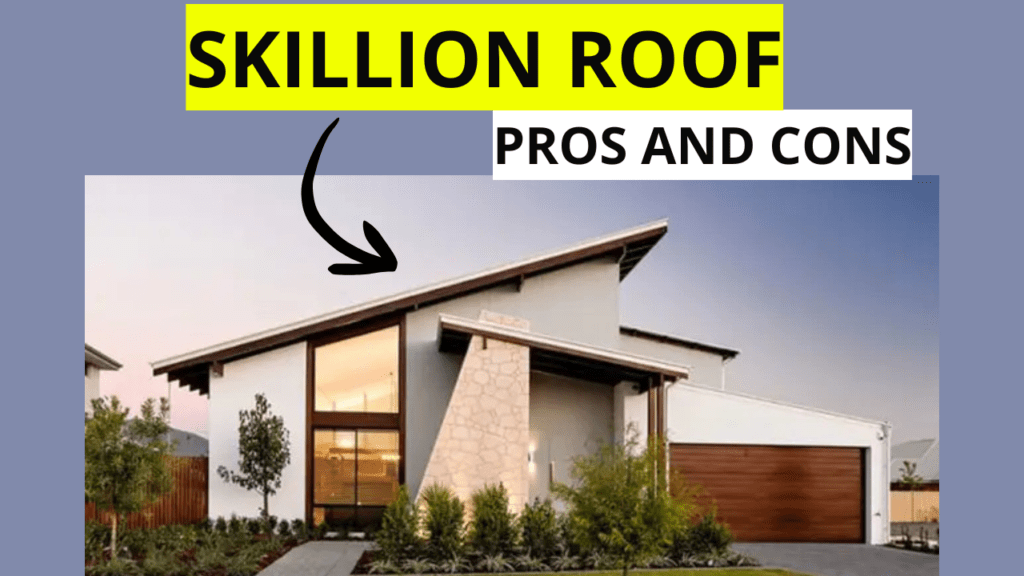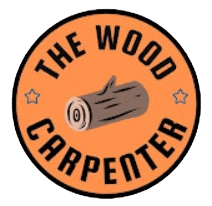
When you are building or renovating a house, one of the most essential decisions is choosing a suitable roof style. Of all available choices, skillion roofs have become increasingly popular due to their unique appearance and practical benefits.
But is skillion roof installation right for you? In this article, we’ll go through everything you should know about skillion roofs – their benefits and drawbacks; design strategies; as well as ways to know if it is indeed best suited to your home.
What is a Skillion Roof ?
Skillion roof (also known as Shed Roof or Mono-pitched roof) It is a single sloping surface. Aside from the usual pitch roofs, such as gable roof and hip roof among others, skillion is one type that has a single flat surface.
But is it the right choice for you? In this guide, we will discuss everything you ever wanted to know about skillion roofs: its pros and cons, design tips and how to determine whether it’s right for your home.
Key Features of Skillion Roofs
Single Slope: As it suggests, the roof boasts a single slanted surface coming down from the back or front of the house.
Minimalist Design: These roofs have a basic, minimalist appearance that’s especially complementary in modern or industrial style homes.
Versatility: They work with different kinds of buildings, from homes to commercial structures.
Efficient Water Drainage: The design of a single slope, let the water go down very fast to avoid leaking.
Also read: How to Get Rid of Rats in the Garden
Advantages of a Skillion Roof

There are many reasons why a property owner and an architect would select a skillion roof. Here are some of the main advantages:
Modern Look
A skillion roof gives your property a clean, modern look. Whether you’re building a new home or renovating an old one, the sharp angles of a skillion roof make it stand out.
Its simple design works well with open floor plans and modern interiors, creating a fresh, stylish appearance.
Affordable
They typically cost less than more complex roof types, such as gable or hipped roofs. “It’s easier to construct so it uses less material, and the labor cost is lower.”
This makes it a great option for homeowners who want a stylish home but need to stick to a budget.
Plenty of Natural Light
One of the primary advantages of a skillion roof is that it lets in plenty of natural light into your house, allowing more light into each room through larger windows on its upper portion and creating an abundance of daylight throughout your rooms.
This helps create bright, airy spaces that feel more open.
Better Drainage
A sloped roof design helps water flow freely off quickly, which is particularly helpful during periods of heavy snow or rainfall. Furthermore, this helps prevent excess accumulation that could otherwise accumulate and increase leaks or water damage in some cases.
Making it simpler to install drainage systems that will channel water away from the foundation of your home is also made possible with this method.
Energy Efficiency
The slope of the roof makes it easy to add solar panels or skylights. Using natural sunlight helps reduce the need for electric lighting or heating, which can save you money on energy bills in the long run.
A skillion roof can be angled to receive more sunlight, and is thus better for collecting solar energy.
Easy to Build
Constructing a skillion roof is often quicker and easier in comparison to many other roofs. The simple design avoids the complications involved with construction, so if you’re someone who wants to get it done quickly and relatively easily, this may be a good option.
Disadvantages of a Skillion Roof
Skillion roofs may offer many advantages, but before making your choice it is important to consider all their disadvantages as well.
1. Limited Attic Space
Skilled roofs present several disadvantages, the primary one being an absence of attic storage or second floor space.
As the roof slopes towards one side, this leaves little space available for additional storage or a second level floor. If you need additional storage space or are building an attic, skillion roof may not be your ideal solution.
2. Uneven Rooflines
If it isn’t designed properly, however, a skillion roof can make for an awkward roofline. This could also lead the overall look of your home to feel off-balance.
The roof has to be carefully planned and designed so that it fits in with the rest of the building.
3. Wind Exposure
In regions with high winds, a skillion roof can be more susceptible to wind damage.
If a roof’s slope can catch the wind, it is more likely to lift. If you live somewhere windy, you may have to reinforce the roof to keep it in place.
4. Maintenance Issues
With the materials that can be used, a skillion roof may require more maintenance than traditional roofing. While the slope makes it easier for water to flow away, leaves and dirt can still accumulate — and especially if the roof is steep.
It is important to maintain the roof and clear it of damage over time.
Factors to Consider Before Installing a Skillion Roof
Before choosing to use a skillion roof for your DIY shed or outdoor structure, some things that you need to consider are:
Climate and Weather Conditions
The weather in your area can affect how well a skillion roof works. For example, in places with heavy snowfall, the slope of the roof may be steep enough for the snow to slide off easily.
In areas prone to high winds or frequent storms, additional support may be needed for your roof to remain secure.
Building Design and Architecture
The design of your home or building plays a key role in whether a skillion roof is a good fit. Skillion roofs usually go well with modern, minimalist, or industrial-style homes.
If your building has a more traditional style, a skillion roof might not match the overall look.
Budget Constraints
Although skillion roofs are generally cost-effective, the total cost of your roofing project depends on several factors, such as materials, size, and location.
It’s important to get a detailed estimate and compare prices with other types of roofs to make sure a skillion roof fits within your budget.
Local Building Codes and Regulations
Before installing a skillion roof, check with your local building authorities to make sure the design follows local rules and regulations.
Some areas may have restrictions on the slope of the roof or the materials used, so it’s important to ensure that your chosen design is allowed.
Conclusion: Is a Skillion Roof Right for You ?
A skillion roof might be the perfect choice for homeowners who are looking for a modern, energy efficient roof in an unusual design. It’s a clean option that won’t break the bank or pool rain water, so it’s a viable option in a lot of homes.
But then there are drawbacks to be aware of, including lack of space in the attic and vulnerability to wind, so read on to see if it may meet your needs.
At the end of the day however, whether to use a skillion roof will depend on your budget, your climate and design preferences as well as long term plans for a building. Contacting a licensed architect or contractor can also assist you in determining whether this roof style complements your house.
FAQs
1. What are the main benefits of a skillion roof ?
A skillion roof offers several benefits, such as a modern look, energy efficiency, excellent natural light, and efficient water drainage. It is also more cost-effective and easier to build compared to more complex roof designs.
2. Can a skillion roof be used in areas with heavy snowfall ?
Yes, a skillion roof is popular in snow areas because the steep slope makes it easier for heavy fall snow to slide off. However, the roof pitch should be steep enough to ensure the proper snow drainage.
3. Is a skillion roof more affordable than other roof types ?
Skillion roofs tend to be cheaper than complex roof structures such as gable or hipped roofs. The basic design also requires less material and is cheaper to make both in terms of material and labor.
4. What are the disadvantages of a skillion roof ?
Some of the disadvantages for a skillion roof are the attic space is limited due to its single slope, and there might be uneven roof lines if it’s not designed properly and susceptibility to wind in high winds areas. Maintenance may also need to be done more frequently in order to sweep away debris.
5. Is a skillion roof suitable for all types of buildings ?
Although skillion roofs are an excellent choice for modern, minimal or industrial design homes, they might not be ideal for your traditional or elaborate home design. The main thing is to make sure the roof compliments your property.
6. How does a skillion roof affect natural lighting ?
Skillion Roof creates More Light and Space in Your Home. A skillion roof can enhance the lighting of your home. The angled nature of the design permits larger windows on the upper side to capture more light in living spaces.
7. How do I maintain a skillion roof ?
To keep a skillion roof in good condition, you must do some clear leaves and other debris from the roof on a regular basis, but also look for any signs of damage or wear and inspect the drainage system. Cleaning and inspections of the roof are likely to require a professional, especially if it’s steep.
8. Can I install solar panels on a skillion roof ?
Yes, a skillion roof is an excellent option for rooftop solar panels. With the slant, it is more conducive for sunshine, good to stick solar light.
9. Does a skillion roof offer better ventilation ?
Yes, a skillion roof can improve the ventilation, especially if the roof is pitched to allow airflow. This can help to reduce heat buildup in the attic and increase the comfort inside the home.

